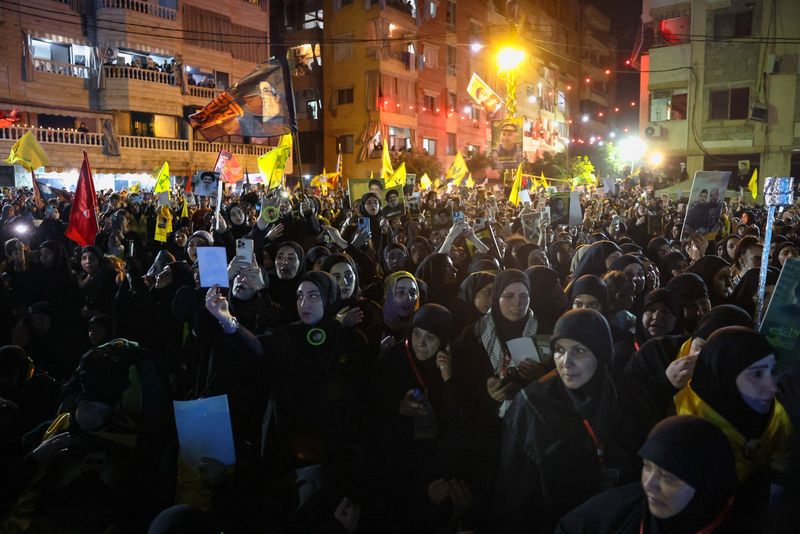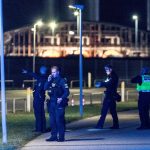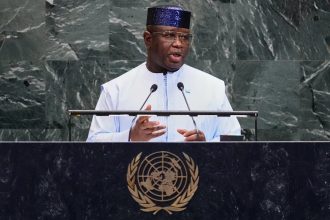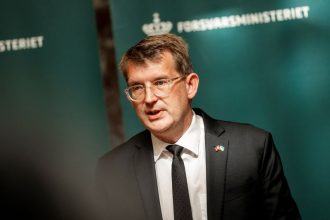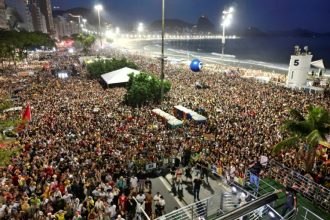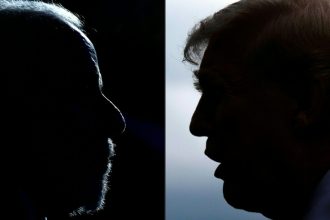BEIRUT (Reuters) -Lebanese armed group Hezbollah on Saturday will commemorate one year since its then-chief Hassan Nasrallah was killed by Israel, the opening salvo of a war that ultimately battered his once-powerful group and left swathes of Lebanon in ruins.
On the evening of September 27, 2024, a string of Israeli bunker-busting bombs on a Hezbollah complex in Beirut’s southern suburbs killed Nasrallah, who had led the powerful Shi’ite religious, political and military group for more than 30 years.
Nasrallah’s death and the war that followed dealt huge blows to the Iran-backed group. His heir apparent Hashem Safieddine was killed weeks later. By December, Hezbollah’s Syrian ally Bashar al-Assad was toppled. Now pressure is swelling on the group to disarm – a demand Hezbollah has rejected.
Nasrallah became secretary general of Hezbollah in 1992 aged just 35 after his predecessor, Sayyed Abbas al-Musawi, was killed in an Israeli helicopter attack.
With his fiery speeches, he swiftly became the public face of a once-shadowy group founded by Iran’s Revolutionary Guards in 1982 to fight Israeli occupation forces.
He was at the helm when Hezbollah guerrillas drove Israeli forces from southern Lebanon in 2000, ending an 18-year occupation, and declared a “Divine Victory” after the group waged 34 days of war with Israel in 2006, winning the respect of many Arabs who had grown up watching Israel defeat their armies.
As his group grew to become Lebanon’s most influential political and military force, it also developed a regional role as the spearhead of Iran’s “Axis of Resistance” – fighting in Syria on behalf of Assad and training Houthis in Yemen.
The day after Hamas’s cross-border attack into Israel on October 7, 2023, Hezbollah entered the fray in solidarity with its Palestinian ally by firing on Israel from southern Lebanon.
That prompted exchanges of fire for nearly a year before Israel sharply escalated by detonating explosives-rigged communication devices used by Hezbollah, pummelling the country with air strikes and sending troops into Lebanon’s south.
More than 4,000 people were ultimately killed in Israel’s military assault, including more than 300 children. Despite a truce, Israel continues to carry out deadly strikes in Lebanon.
Israel’s air and ground campaign prevented a formal burial for Nasrallah for months. Followers, including his son, have since flocked to his grave to pray.
Crowds are expected to gather in Hezbollah strongholds in the southern suburbs of Beirut, Lebanon’s south and east. The group’s secretary-general, Naim Qassem, who took over a month after Nasrallah’s killing, will make an address.
Tensions over the commemoration have been mounting this week, particularly after Hezbollah projected the portraits of Nasrallah and Safieddine on the famed towering rocks off the coast of Beirut.
The display went ahead, despite orders by Lebanese Prime Minister Nawaf Salam and the Beirut governor not to do so, angering Lebanese opponents of Hezbollah who said the cliffs should not be used for political displays.
(Writing by Maya Gebeily; Editing by William Mallard)


